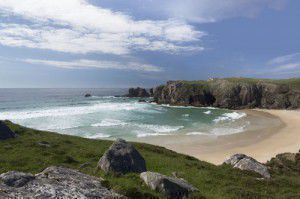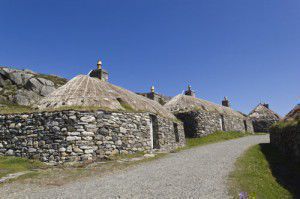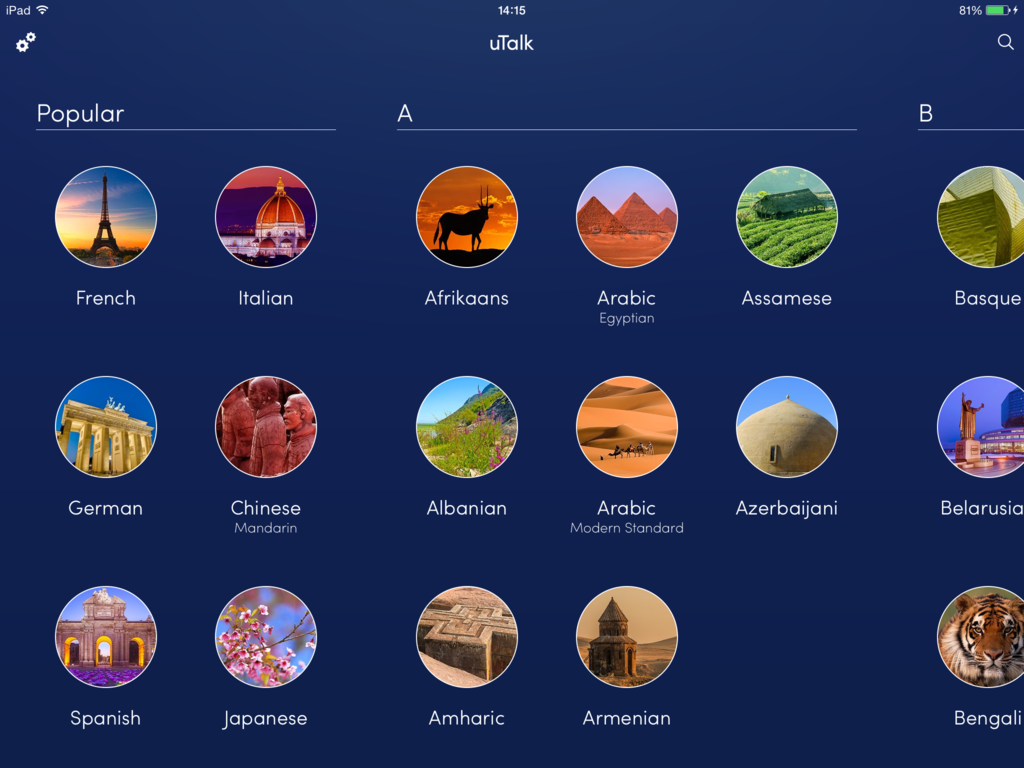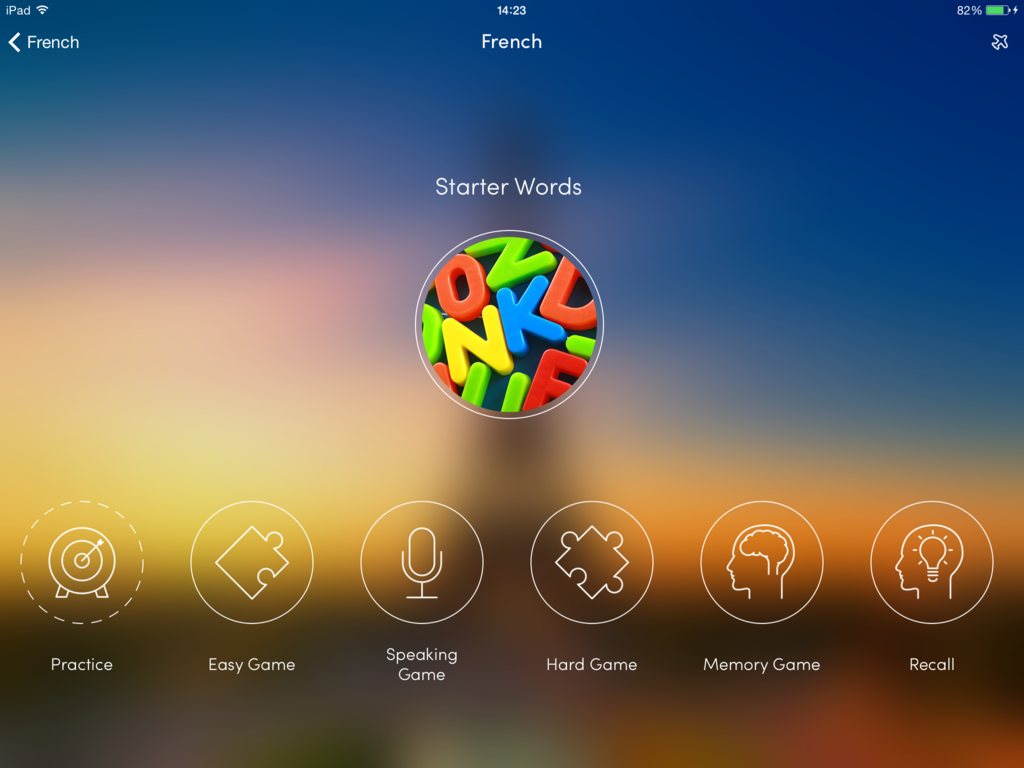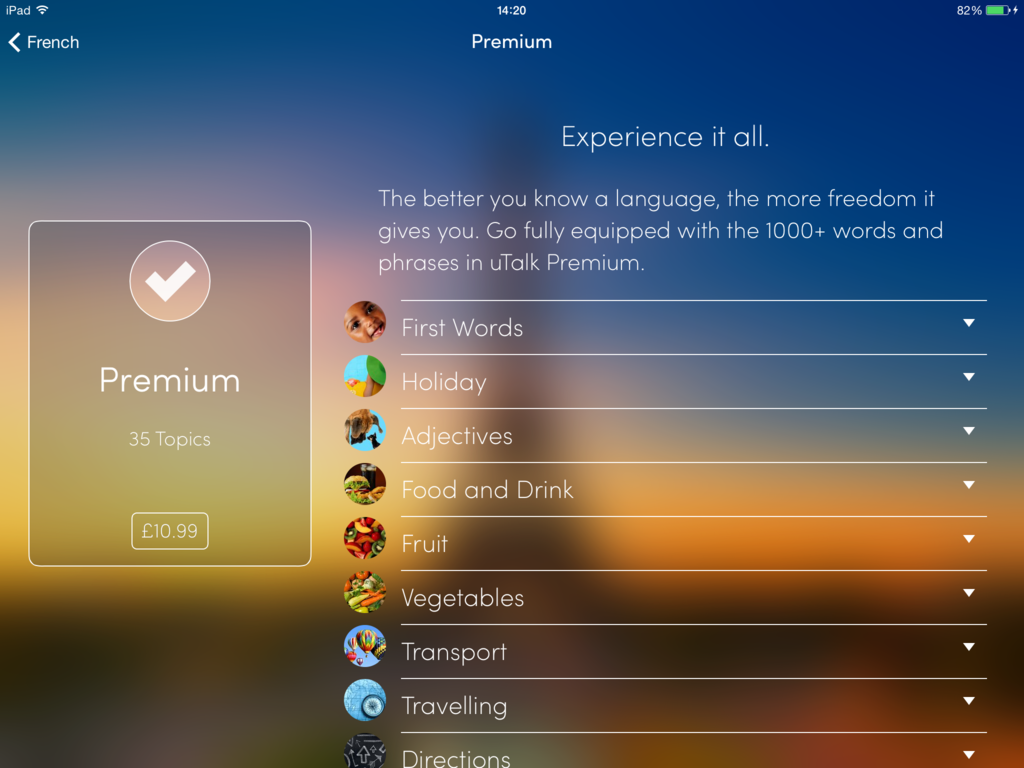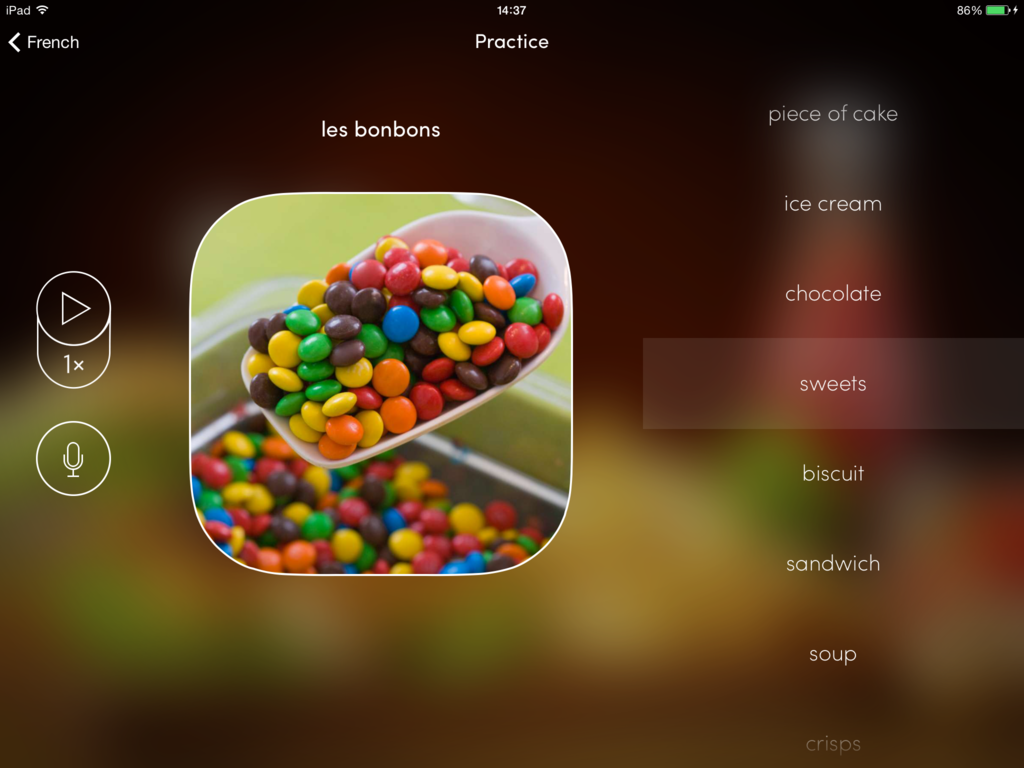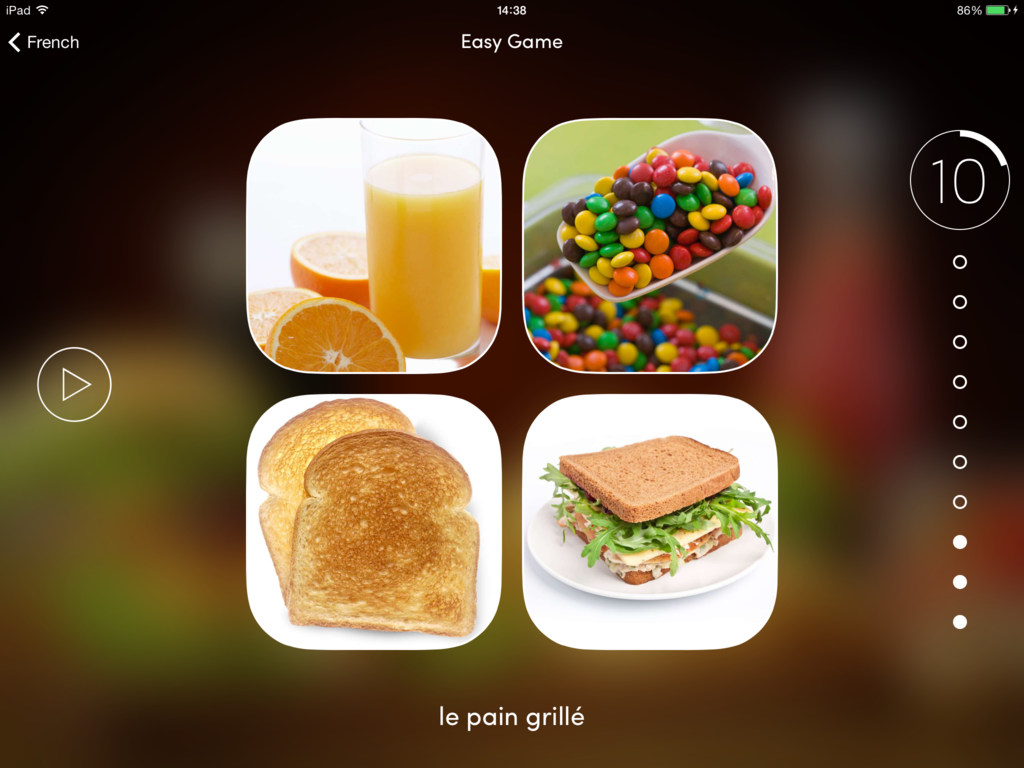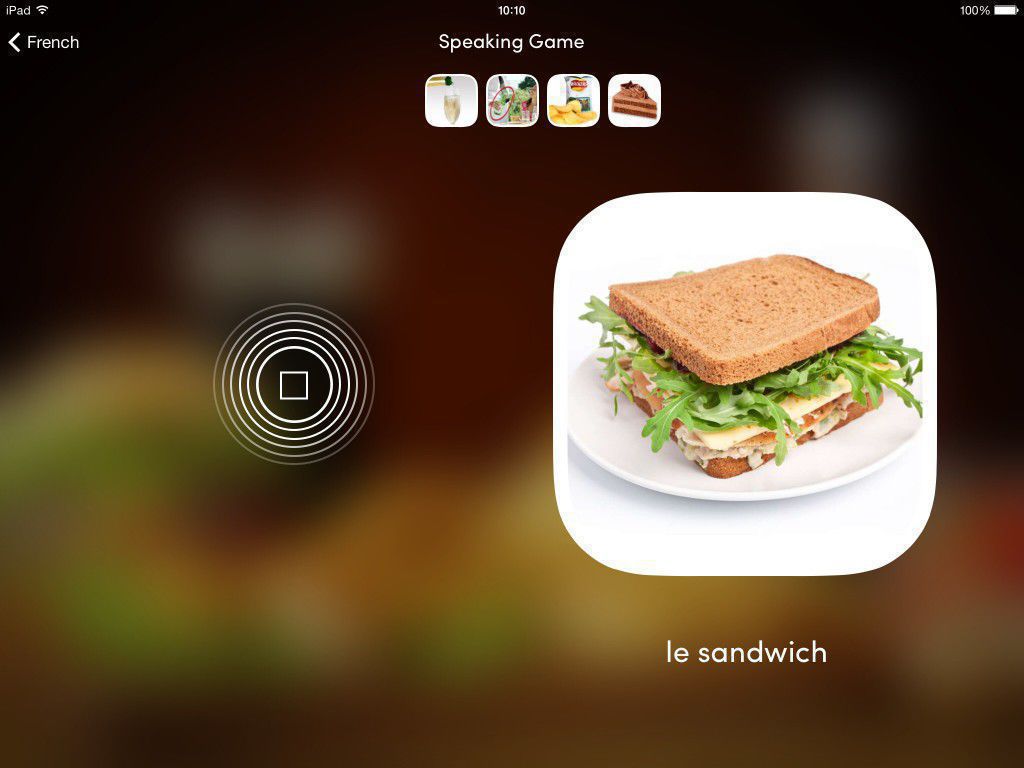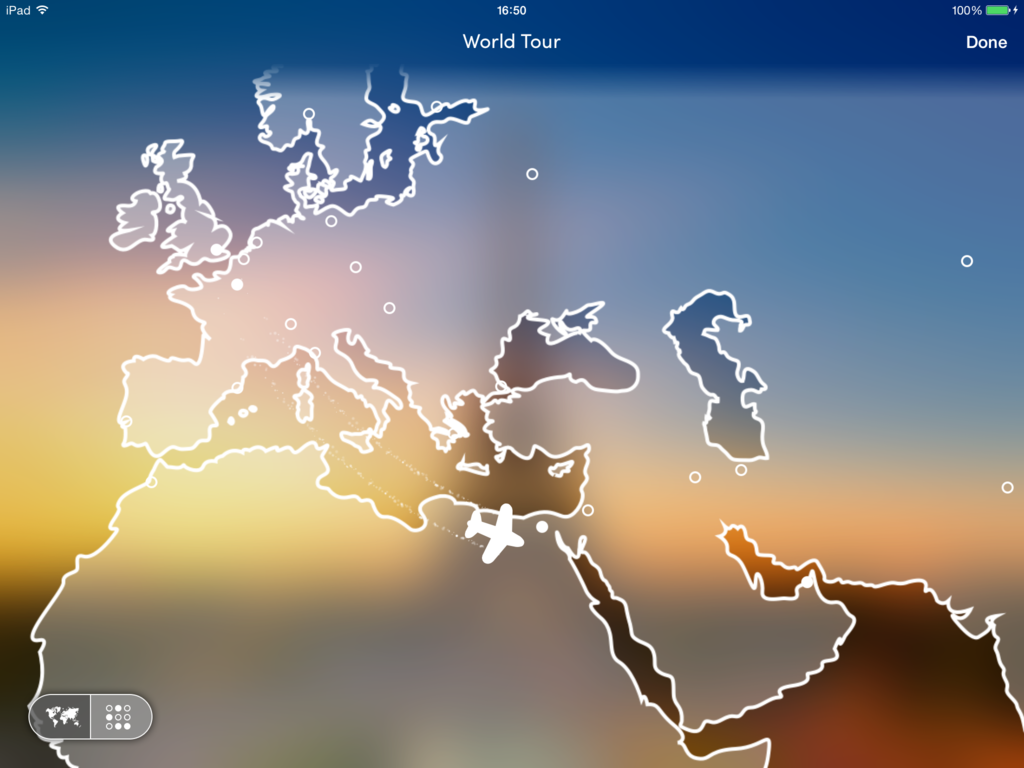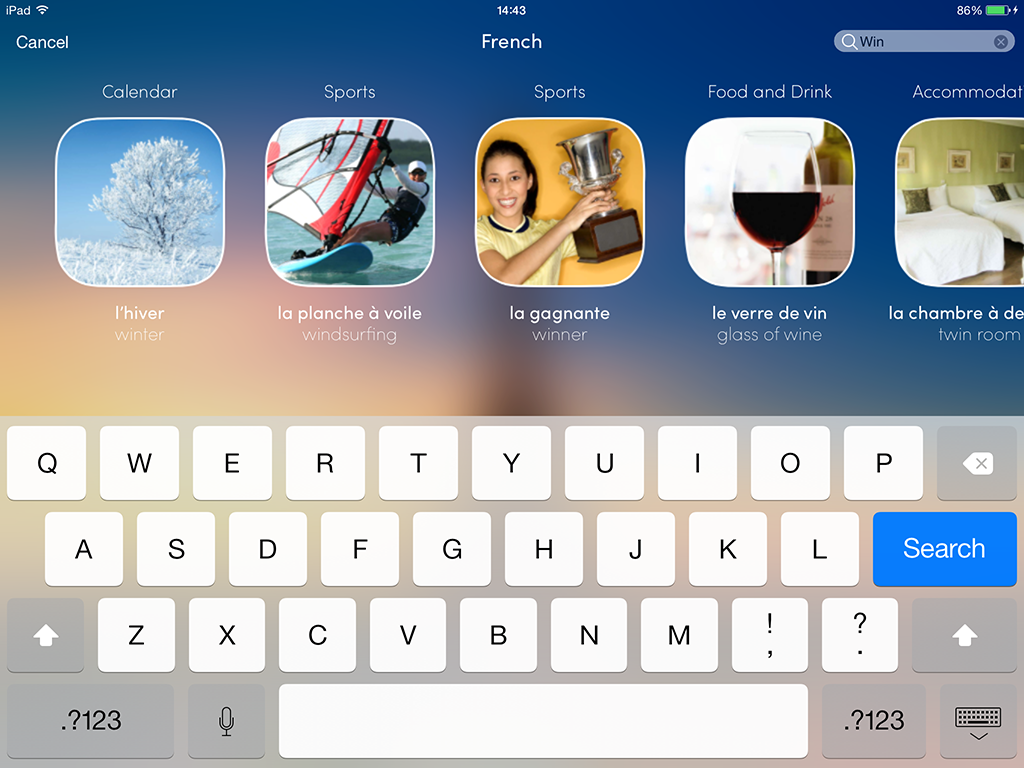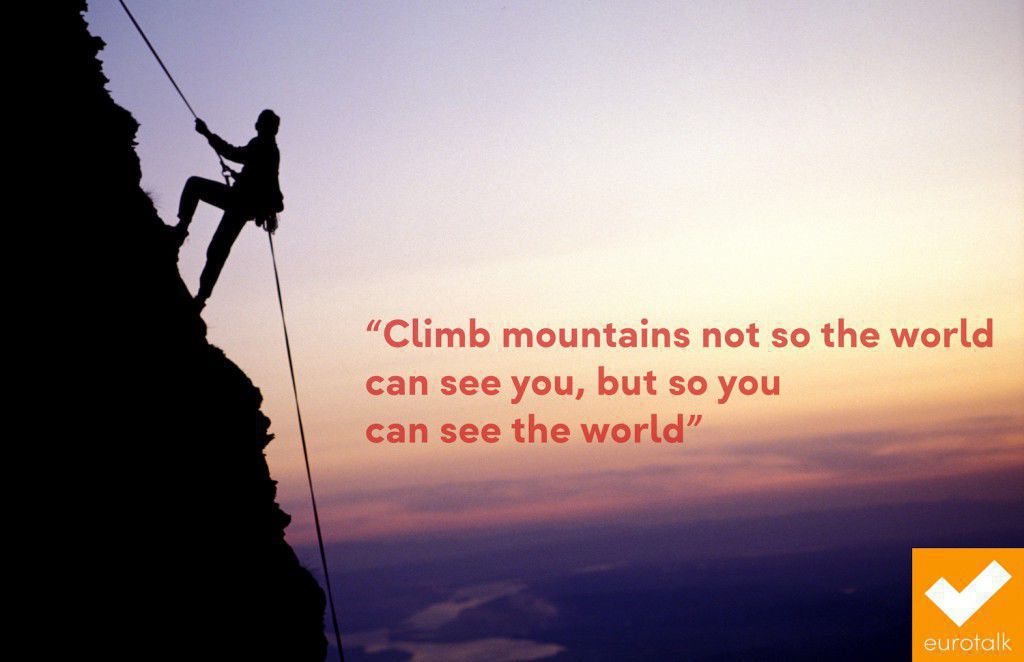10 reasons to visit… the Outer Hebrides
The scattered islands of the Outer Hebrides, off the Western coast of Scotland, are a haven of beauty, wildlife and mysterious archaeology. Tying in with last week’s Scottish Week here at EuroTalk, these are my top ten reasons to visit the islands, where Scottish Gaelic is still spoken as a native language.
We’d love to hear from residents or fans of this gorgeous part of the world – send us your tips!
1. The beautiful, beautiful scenery
Everybody, without exception, is blown away by the views on the Hebrides, where beaches are bright white and stretch out against a distant, uninterrupted horizon. The air is crisp and unpolluted and the seas, ever changing, create a dramatic backdrop to island life. Go driving and you might be the only person on the wide road for miles. Each of the islands has its own distinct geographical characteristics, from Lewis’ flatness to Harris’ mountains.
2. Black pudding
A local delicacy you’ll hopefully be presented with early on in your trip, Stornoway Black Pudding is now famous the world over. After a couple of slabs of it on your breakfast plate, you’ll not go hungry for the day, and if you’re feeling especially indulgent you might even round the meal off with a couple of kippers smoked in one of the island’s smokehouses. Yum!
3. Harris Tweed
Now internationally famous and found on Nike shoes, the tweed is traditionally made to protect against the extreme weather to be found on the island. It’s well worth taking a visit to one of the workshops or outlets to find out how it has been handmade by locals for centuries, up to the present day.
4. St Kilda
Admittedly, this is not a trip for the faint-hearted, as St Kilda lies a good eight hours’ travel by charter boat from the Hebrides, more from the mainland. Still, if you have time to play with, St Kilda is a fascinating trip. Its story of evacuation in the 1930s, after a period of extreme poverty and starvation, really hits home if you visit the museum, located in the homes of the original residents. The island is also a National Nature Reserve and a likely place to spot interesting flora and fauna.
5. The Blackhouse
You’ll find these in both the Highlands and Hebrides, and if you fancy you can even stay in one in the village of Gearrannan on Lewis, where the blackhouses have become visitor accommodation and you can experience for yourself the cosy, warm, smokey atmosphere. The blackhouse is a traditional home for both people (in one half) and their livestock (in the other), with the peculiar distinction that there is no chimney: instead, the smoke from the central hearth builds up and eventually filters through the thatched roof, creating a smokey, peaty and very warming atmosphere within.
6. Going to a whisky distillery
You can’t really miss this one, and generally in Scotland you’ll have a lot of local distilleries to choose from. On Lewis, you can visit the relatively new Abhainn Dearg distillery (the most westerly one in Scotland) and practice that all-important Gaelic word – Sláinte!
7. Ferries and planes
Island hopping around the Hebrides gives you the chance to see first-hand the vast differences in scenery, and character, of the many different islands. The archipelago is connected by a network of ferries, which, if you have a car, are well worth booking in advance to avoid being stranded somewhere for days. There are also a number of miniature plane journeys to be made, including the shortest ever flight, from Westray to Papa Westray, which takes a mere 1 minute 14 seconds. Don’t be alarmed if your plane only seats up to 8 people or if it lands, a little surprisingly, on the beach, as it does on Barra.
8. Rain
It’s probably a bit optimistic to expect perfect sunshine, even in the summer months, but luckily the Outer Hebrides look majestic in rain, and there is something deeply dramatic about the sudden and extreme downpour, swooping in within minutes, which can drench you to the skin. Nothing to worry about if you’re staying in the blackhouse and get to dry off in front of a peat fire, of course!
9. Wildlife
Undoubtedly this is one of the main reasons many people visit the islands. From the puffin to the golden eagle to the Minke whale, the islands, with their stunning natural beauty, are host to a rich variety of creatures which elsewhere are rarely seen.
10. Archaeology
Ranging from the very famous to the barely explored, the Hebrides are full of archaeological wonders from all ages. Perhaps the most well visited are the Callanish Stones on Lewis’ Western coast, which local legend (as often happens with standing stones) attributes to a group of naughty local giants turned to stone as punishment. Legends aside, the stones are enormous and imposing, and especially chilling if you manage to avoid the crowds and view them, early in the cold morning, huddled conspiratorially across the horizon.
Have we convinced you to give the Outer Hebrides a try? Don’t forget to learn a few words in Scottish Gaelic before you go…
Nat
uTalk – Learn a Language: A Guided Tour
If you follow us on Facebook or Twitter (or maybe even if you don’t) you’ll know that we recently released a new update for our app, uTalk. And we’re really, really excited about it; not only does it now work on iPads, it’s got 130 languages included and it looks gorgeous. So I thought I’d give you a quick guided tour, so you can see what all the fuss is about.
Choose your language
Once you’ve download the app, the first thing you’ll probably notice is that it’s got loads of languages. From French, Spanish and German, through to Lao, Kachchi and Cebuano, we’ve got them all (and if we don’t have the one you want, we probably soon will – let us know what you’re waiting for in the comments).
The best bit is if you’re just curious and want to hear what a language sounds like, it won’t cost you a penny, because uTalk gives you a Starter Words section in all 130 languages completely free.
Starter Words
These Starter Words include the essentials that you’ll need when you first arrive in a new country – ‘hello’, ‘please’, ‘thank you’ and ‘help’ (hopefully you won’t need that one, but it’s always a useful word to know!) among others.
There’s also a selection of games to help you remember these key words, so you’re totally prepared before you step off the plane.
Upgrades
If you’re anything like me, though, once you’ve learnt a few words you won’t want to stop. So uTalk gives you the chance to learn more, with the Essentials and Premium upgrades.
The Premium will unlock 1,200 words and phrases across 35 categories for the language you choose – and that’s when it gets really fun. The app’s got everything from food and drink and travelling, to adjectives and numbers up to ten million. You can order a beer, ask someone to dance and check you’re on the right train (again – useful).
How it works
Ok, let’s get down to business. You’re going to France for a few days, and you want to learn some French before you go. How should you use uTalk?
First, choose your topic. Then, start with the Practice; this is where you learn the vocabulary. You can listen as many times as you like, slow it down, even have a go yourself with the recording button. Each word or phrase has a corresponding picture, which will help you remember it later, and they’ve all been translated and recorded by native speakers.
Then it’s time for the games. Start with the easy game, because it’s – well, the easiest. You’ll be shown some randomly selected pictures and hear one of the words you’ve just learnt. Choose the correct picture to carry on and start scoring points.
Then work your way up through the games, which get gradually more difficult. Be warned, they’re very addictive, so you may miss your stop because you’re concentrating so hard. And you might get some funny looks when you play the recording game on the train. I speak from experience on both of these things…
World Tour
Hidden throughout the app are 48 achievements. No, I won’t tell you what they are – but every now and again you’ll see a message pop up that says ‘World Tour Destination Unlocked’, and then at the end of that game, you can go and see where you’re heading off to.
Tap on the destination and watch your plane take off. To see how many destinations you’ve collected (and how many you still have to find) touch the grid icon at the bottom of the screen.
Instant Search
Of course this is all well and good, if you have time to sit and learn the language before you leave home. But what if you don’t?
No worries – just take uTalk with you, and any time you need a word, type it into the search box. (I used this feature myself when I went to Italy a few months ago and it saved me more than once.)
So what do you think? If you’re ready to give it a try, you can download uTalk from the App Store for free right now (no camping out required!). And we love customer feedback, so please do tell us what you think of the new design and features.
Most importantly, we really hope you enjoy using the new uTalk as much as we enjoy telling people about it 🙂
Liz
Languages of the week: Scotland
This week we’re celebrating Scotland, in honour of the Braemar Gathering of the Scottish Highland Games, which took place this weekend.
 The Braemar Gathering is one of many events that make up the Highland Games from May to September each year. It’s attended by 16,000 people, including members of the Royal Family. Events include tossing the caber, putting the stone, Highland dancing and piping, and competitors must dress in Highland costumes.
The Braemar Gathering is one of many events that make up the Highland Games from May to September each year. It’s attended by 16,000 people, including members of the Royal Family. Events include tossing the caber, putting the stone, Highland dancing and piping, and competitors must dress in Highland costumes.
Scotland has three languages: Scottish Gaelic, Scots and Scottish English – all of which you can now learn with uTalk.
Scottish Gaelic
The Scottish Gaelic alphabet has 18 letters, each of which is named after a tree or shrub.
It’s spoken by 60,000 people, mainly in the Highlands and the Western Isles, but also in Glasgow, Edinburgh and Inverness.
There are also small Gaelic speaking communities in Canada, particularly in Alba Nuadh and on the Cape Breton Islands.
Scottish Gaelic was seen as a declining language, but recently there’s been a real resurgence in schools and an increased presence in the media. The BBC operates a Gaelic language radio station, Radio nan Gàidheal.
Scots
Scots is spoken in the Lowlands and Northern Isles of Scotland. It has four dialects: Insular Scots, Northern Scots, Central Scots and Southern Scots.
A Germanic language variety, Scots is influenced by Gaelic, Norse, Latin, Dutch, Norman French, Standard French and English.
The poet Robert Burns wrote in Scots; a well-known example is Auld Lang Syne, which was written in 1788 and is now traditionally sung at New Year.
So here’s your Challenge of the Week – we want to hear you singing (or reciting, if singing’s not your thing) Auld Lang Syne in the original Scots. If you’re not sure of the words, the BBC website can help. Send us your videos on Twitter to @EuroTalk with hashtag #1788Scots
Scottish English
Also known as SSE (Standard Scottish English), Scottish English dates back to the 17th century, when Scots and English combined.
Although an English speaker can understand Scottish English, the language contains a lot of different words. Some examples are: ‘poke’, which in Scottish English is a container for chips, ‘ken’, which means ‘know’, and ‘aye’, which is the Scottish way of saying ‘yes’.
A few fun facts about Scotland
The national animal of Scotland is the unicorn.
The shortest scheduled flight in the world is from Westray to Papa Westray in the Orkney Islands of Scotland. At just one and a half miles long, it only takes 1 minute 14 seconds.
Scotland’s traditional dish, haggis, consists of the heart, liver and lungs of a sheep boiled in its stomach. It’s tastier than it sounds!
The first recorded sighting of the Loch Ness Monster was in 565 AD, when a ‘water beast attacked one of St Columba’s followers in the loch’.
What’s your favourite Scotland fact?
Quote of the week: 6 Sep 2014
“Climb mountains not so the world can see you, but so you can see the world.”
For more like this, find us on Pinterest.
Embed This Image On Your Site (copy code below):
